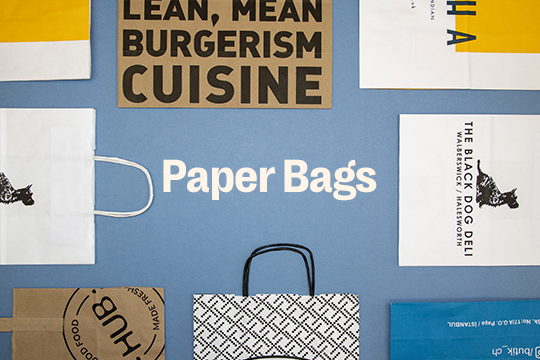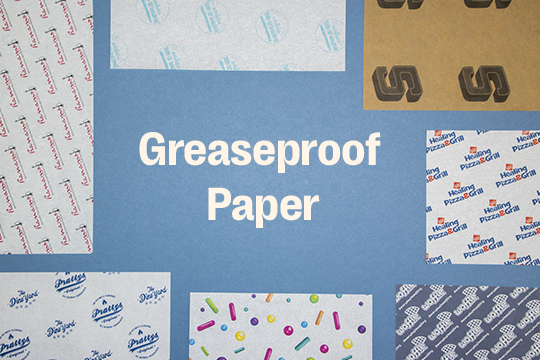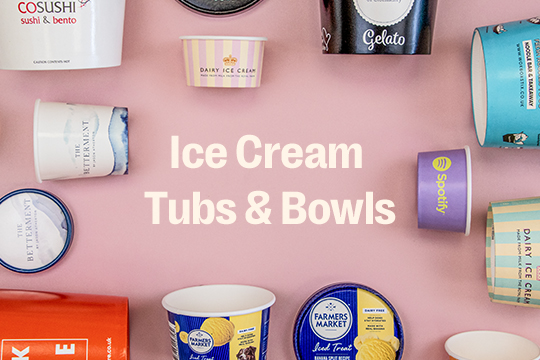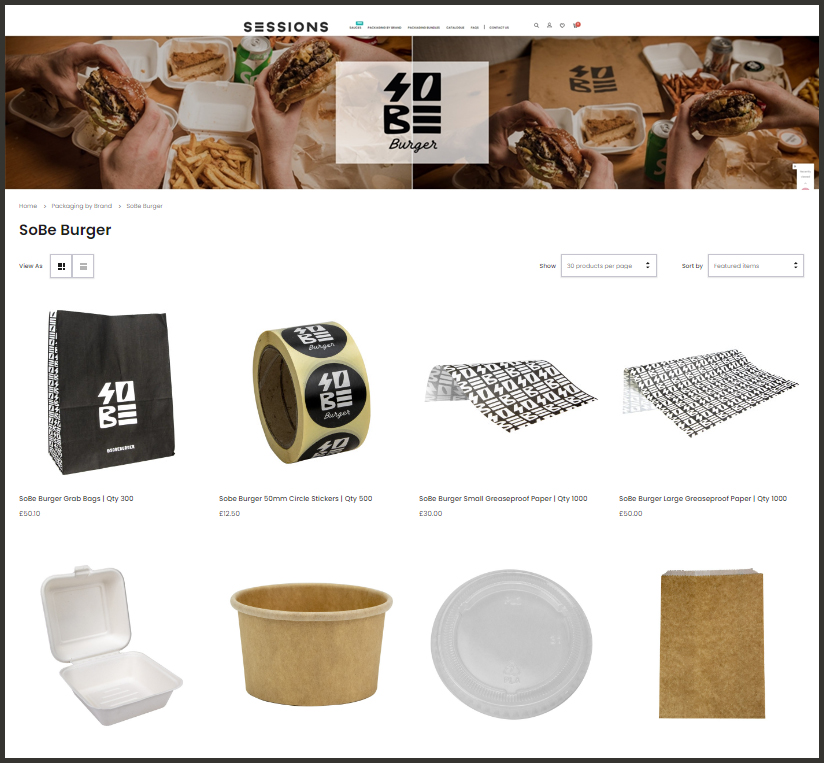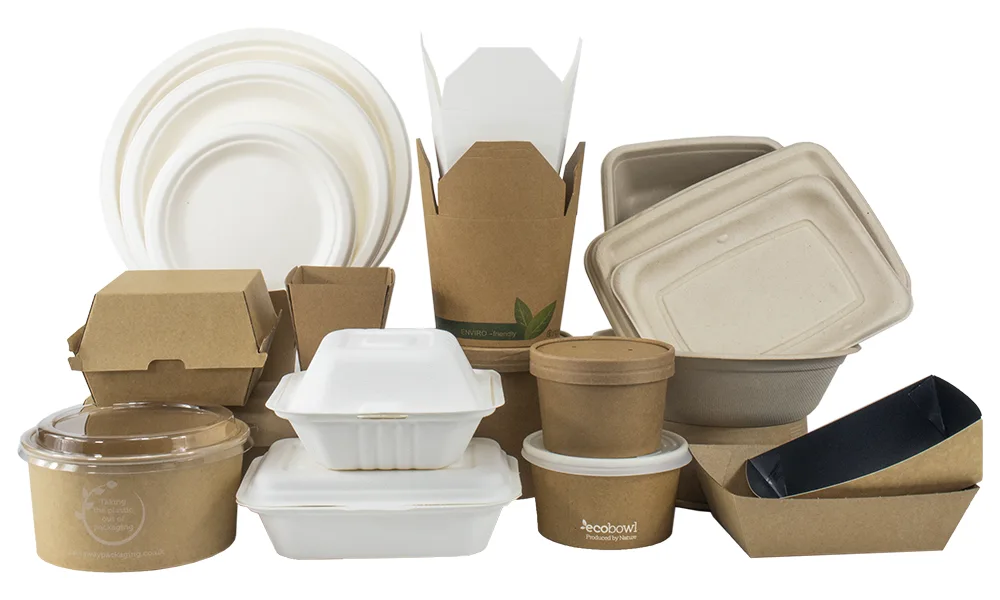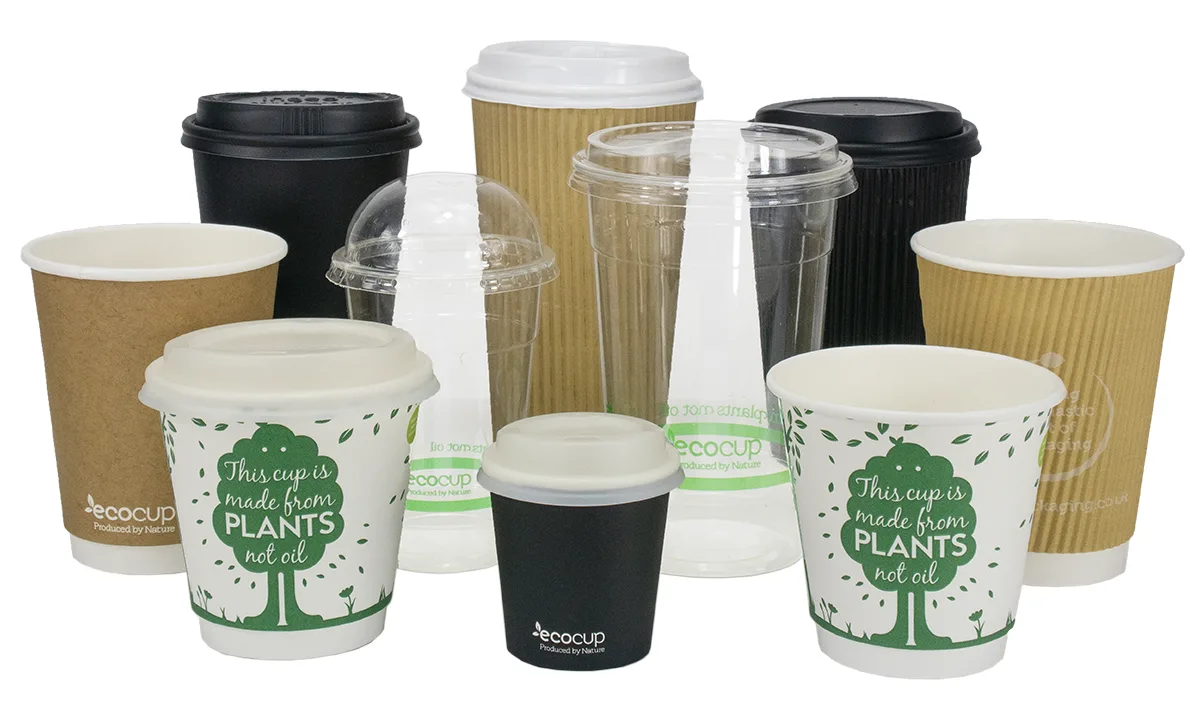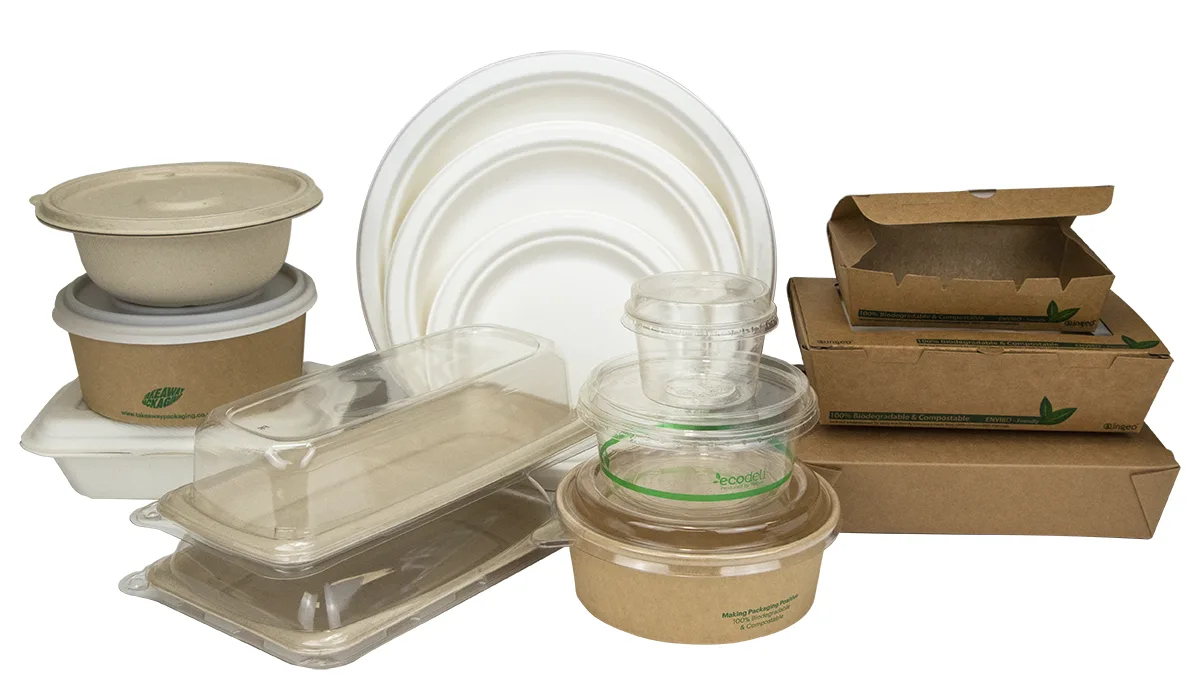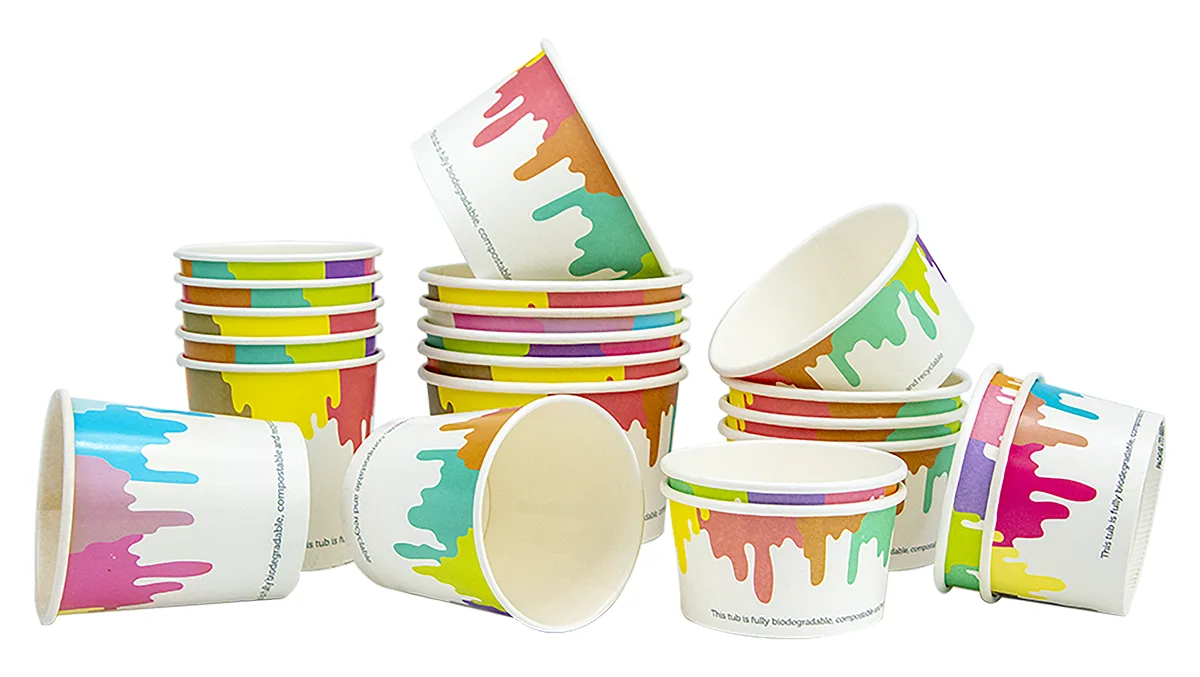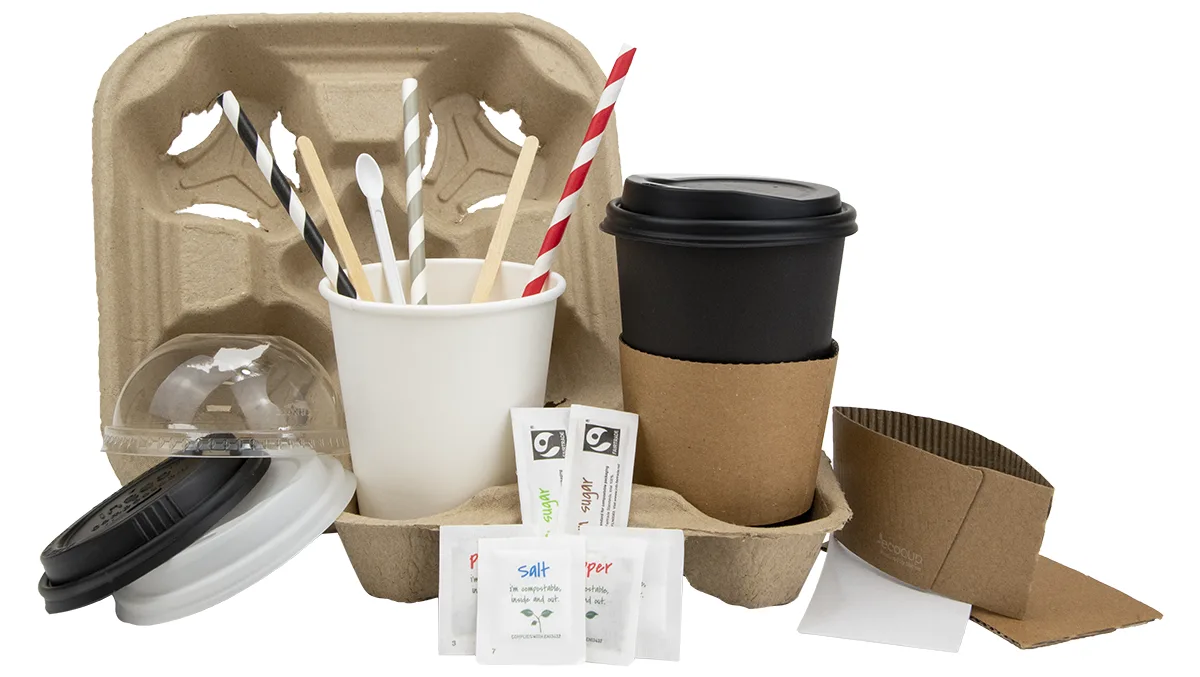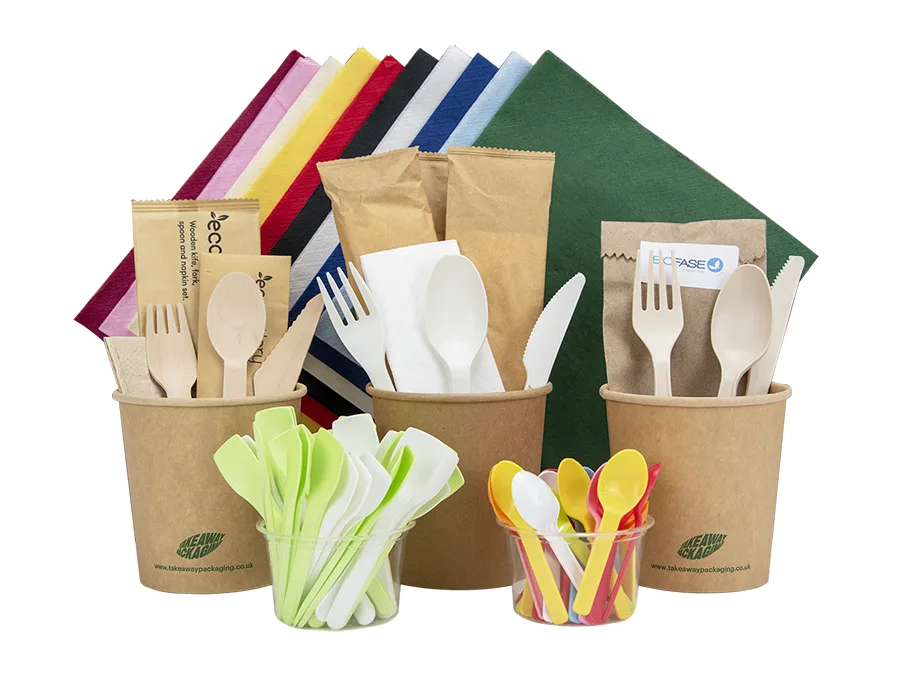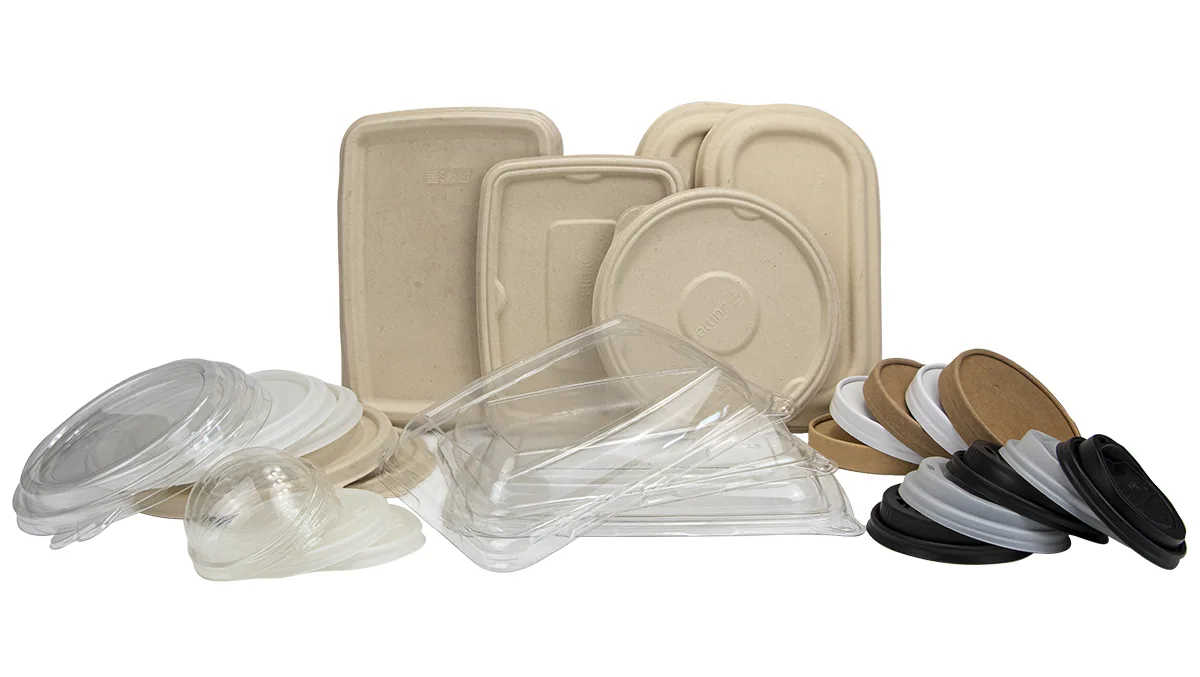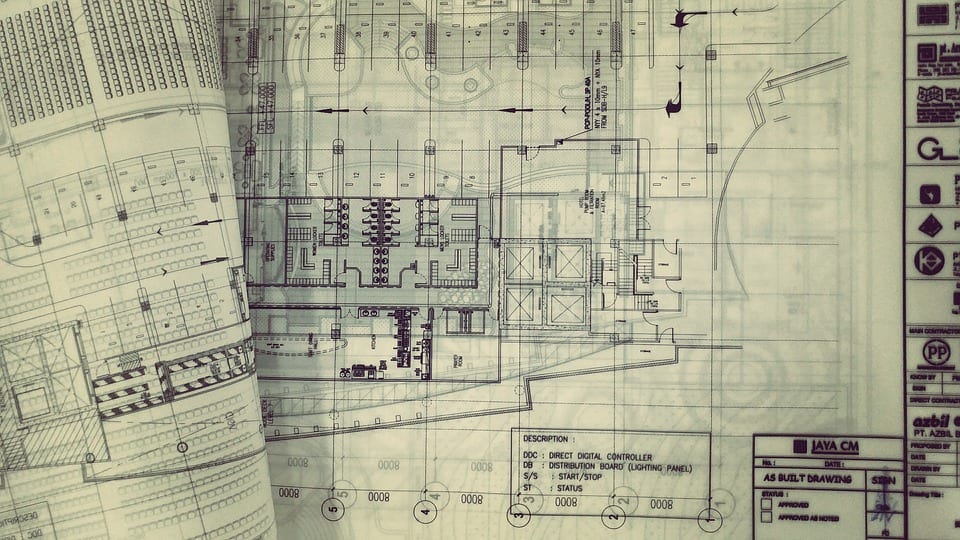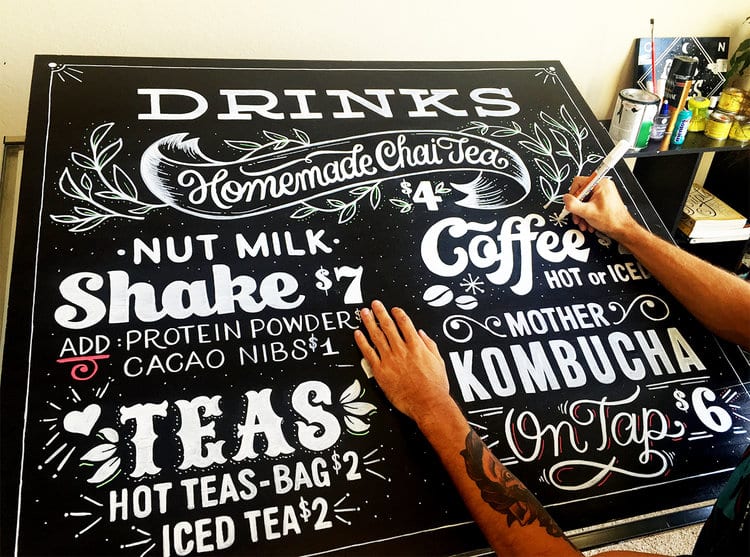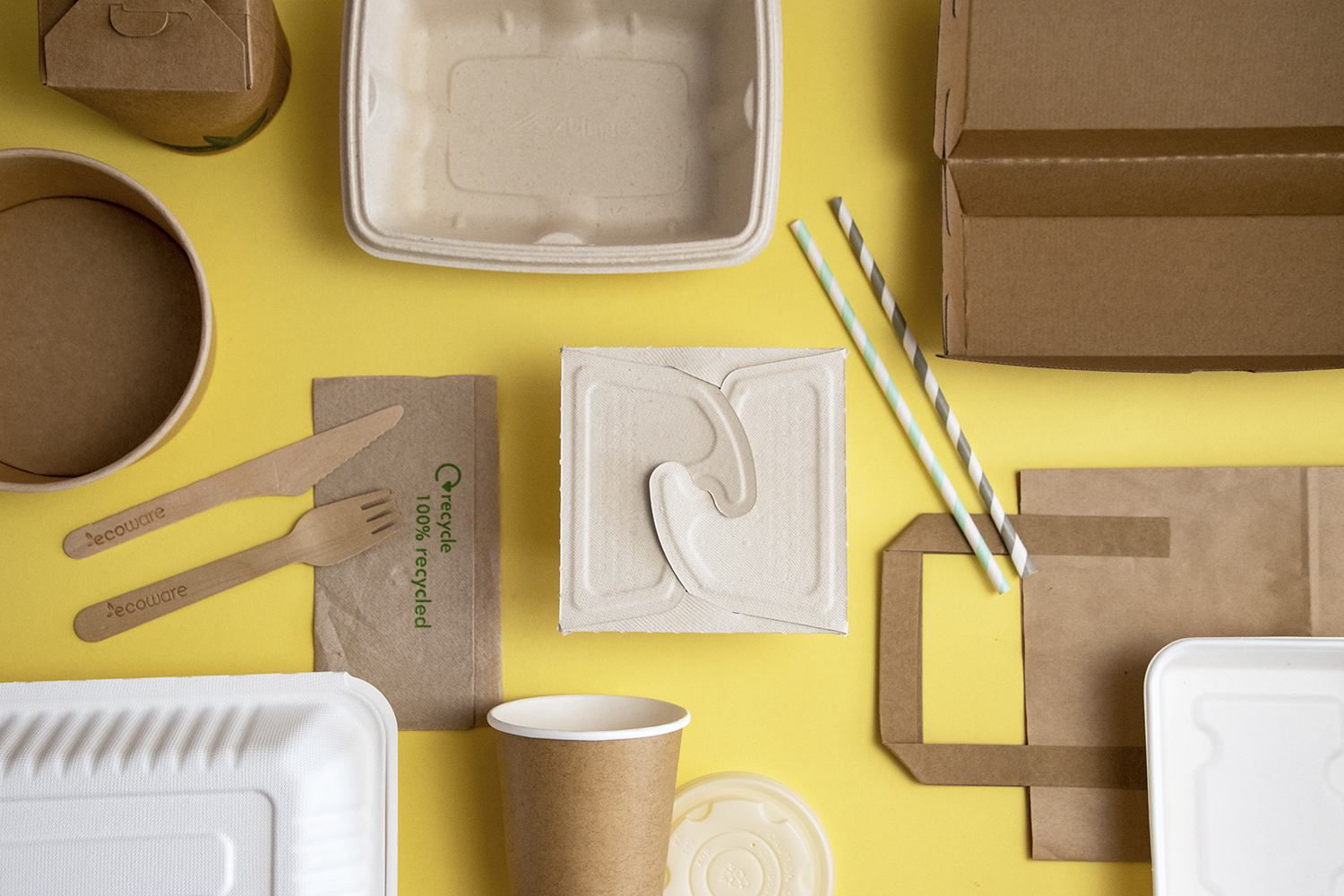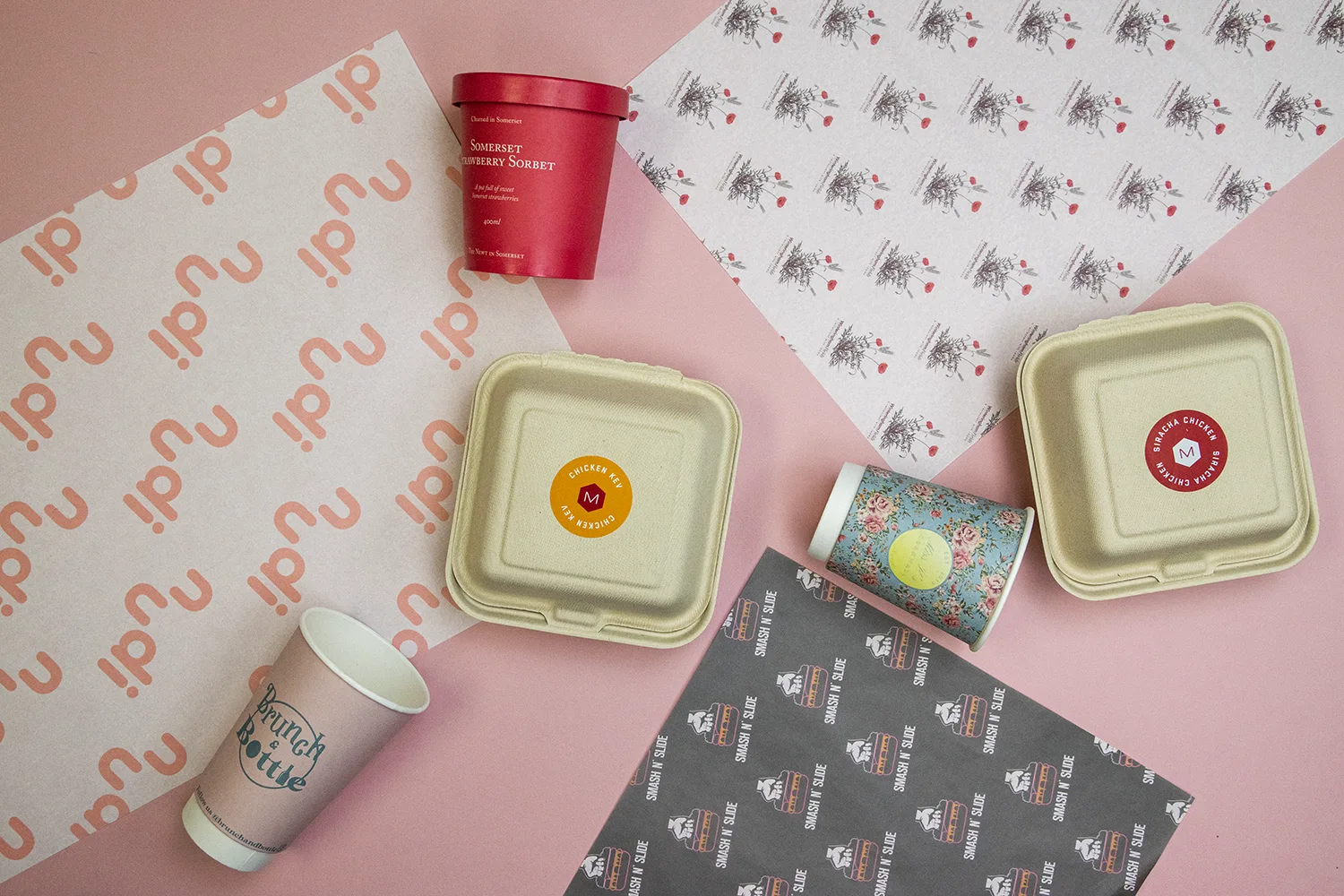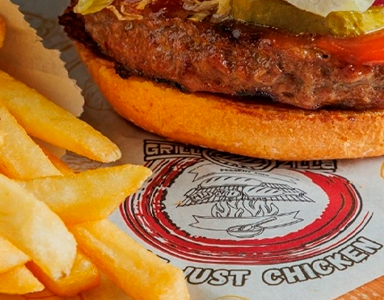Examples of great design are all around us and many form the backbone of our day-to-day living.
As keen enthusiasts for creative and functional design we’ve been exploring the very greatest examples, that is, the ingenious designs that have shaped the world, transformed onerous tasks into doddles, and those that are simply great in their own way!

The Juicy Salif
In case you weren’t aware, The Juicy Salif is the actual name for the transformative and wondrous groovy metal lemon squeezer found in homes across the globe.
Phillipe Starck’s famous 1990 design, is one of the best in its class for industrial design and has even been exhibited in the Museum of Modern Art in New York.
Modeled on the shape of a squid and cast in polished aluminium, this device is a dream for anyone wanting to extract the soury goodness from citrus fruits.
Function and form standing and excelling together – if you haven’t used one, you haven’t lived.
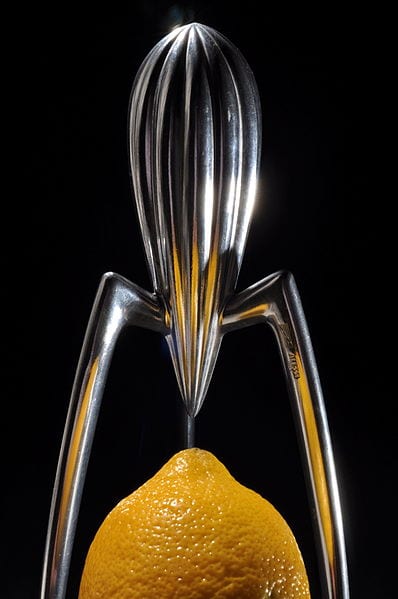
Dyson Cool Fan
James Dyson is undoubtedly a pioneer.
Tucked away in his top secret location which is constantly under threat from undercover employees (moles) planted by competitors, he can’t stop coming up with amazing inventions.
Of course, the bagless, cyclone vacuum cleaner was an absolute game-changer, but what we really want to celebrate is his bladeless fans!
The Dyson Cool Fan is a sensational device that does exactly what it proposes while looking great, blowing our minds (and hair) and keeping fingers and cats safer than ever!
Rotate, speed up, slow down, this piece of tech is as revolutionary in function as its beautiful zen-like circular design (or elongated if you get the larger model).
What’s more, the latest models claim to be 75% quieter than their previous versions.
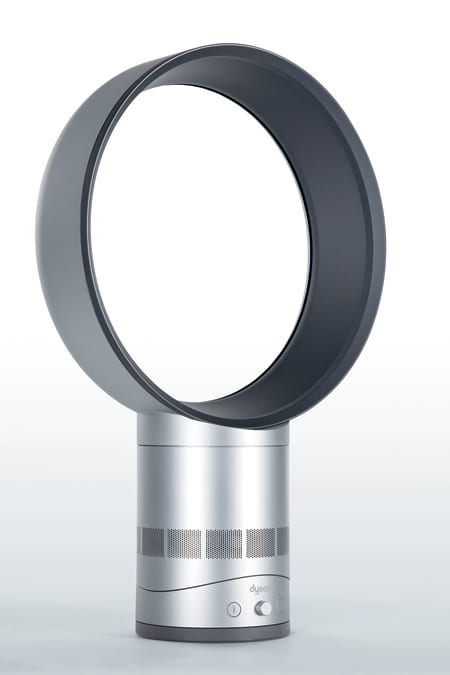
Coca-Cola Glass Bottle
In the pursuit of creating something of great recognition, the iconic Coca-Cola glass contour bottle was created.
It dates back all the way to 1915 when designer Earl R. Dean attempted to design something which could be recognised even in the dark as well as paying homage to the product inside.
The resulting shape that we’re so fond of today – influenced by the ingredients – stems from the shape a cocoa pod which Dean discovered in his encyclopedia, having first ruled out images of the cocoa leaf and Kola nut.
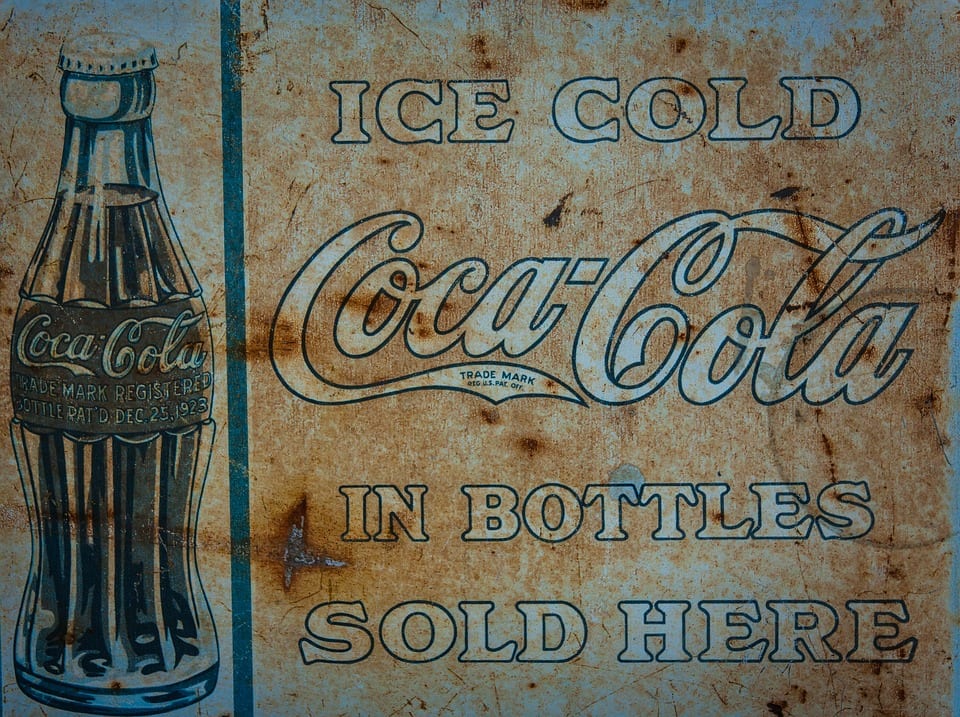
iPod, iPhone, iPad
Game. Changed.
Apple have been rocking the world for decades now.
Thanks to Sir Jonathan Ive – the quite-rightly exalted industrial designer behind these products – Apple have soared to become one of the largest (and wealthiest) companies on the planet.
The products are graceful in both design and user experience.
The touch-screen interface makes for a multi-sensory approach with softly gliding screens and pinching motions that serve to enhance the simple, understated elegance of the hardware.
Apple are almost guaranteed to make any list in the modern age relating to great design.

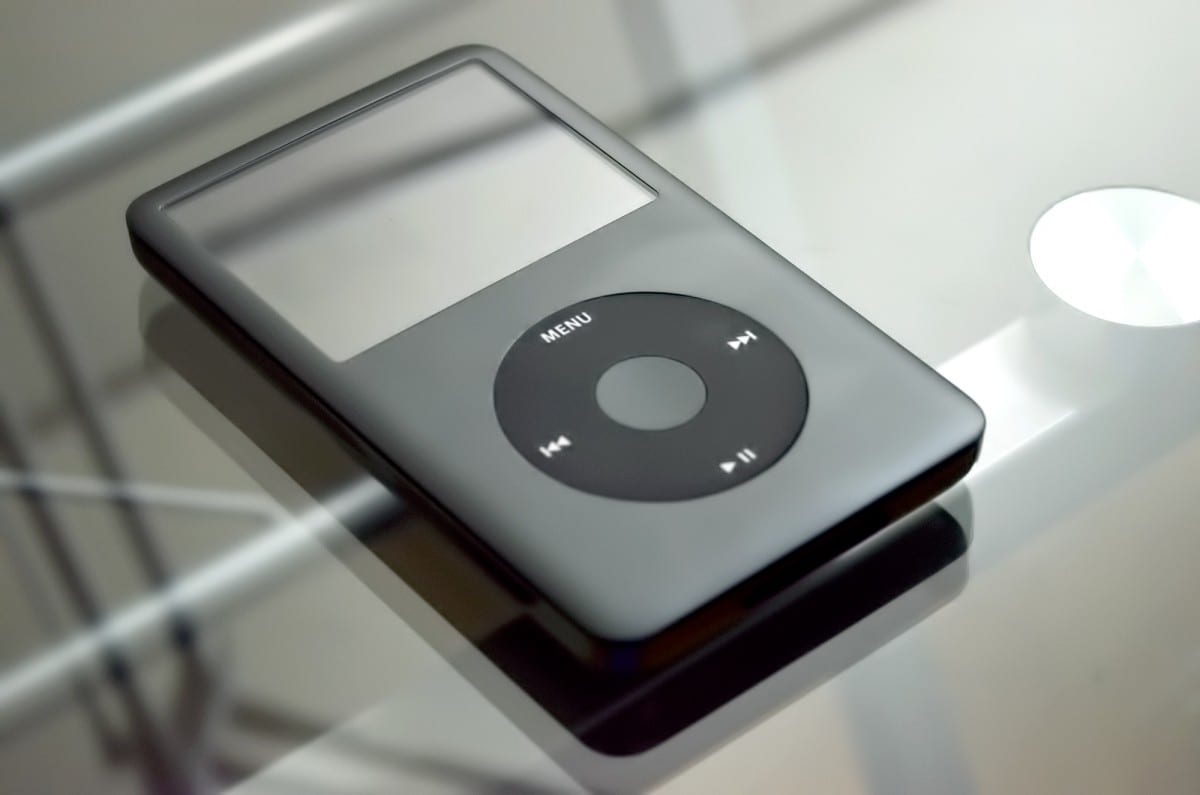
Thermos Vacuum Flask
Sir James Dewar, chemist and physicist, invented the vacuum flask in 1892.
As many of us will have learned in school science classes, the flask consists of two walls that have air vacuumed out from between them to keep liquids either hot or cold, for longer.
Unfortunately, the tale turns a little cold…
You see, Dewar never patented his invention, leaving it wide open to the German company, Thermos GmbH, who snapped up the idea and began manufacturing it themselves in 1904.
Once in production, they patented the design and left Dewar with no rights to the product.

Weber Barbecue Grill
George A. Stephen’s 1950 design can still be found in gardens and garden centres today.
Weber Brothers Metal Works was metal fabricator that primarily made buoys.
While working there, Stephen – being a dab hand in the kitchen – was frustrated with his open-brick grill, because he felt that it produced uneven heat and too much smoke.
Moreover, the open top allowed too much wind to blow ashes into his food!
Not one to be easily defeated, and being the metal works bright spark that he was, Stephen took half a buoy and welded three steel legs onto it.
Unbeknownst to Stephen, he’d just revolutionised garden parties, forever!
Weber-Stephen Products Co. was born, and with it, one of the most iconic cooking objects to date!
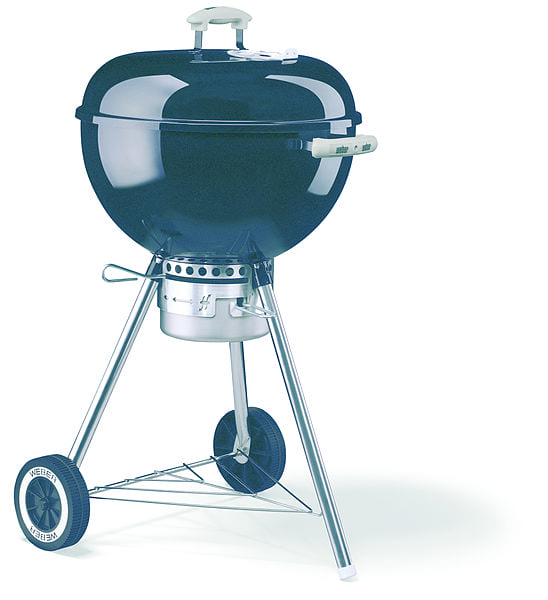
The Bicylce
There is nothing more efficient than a man, or woman, on a bicycle.
S.S. Wilson, an engineering lecturer at Oxford University, took it upon himself to carry out an efficiency study.
The study was published in Scientific American in 1973.
Wilson found that a person on a bicycle was more efficient than any other animal or machine. Ever.
Now, without trying to blind anyone with science, according to Wilson, a cycling human uses a fifth of the energy as one walking; 0.15 calories per gram of bodyweight per km for cycling, versus 0.75 for walking.
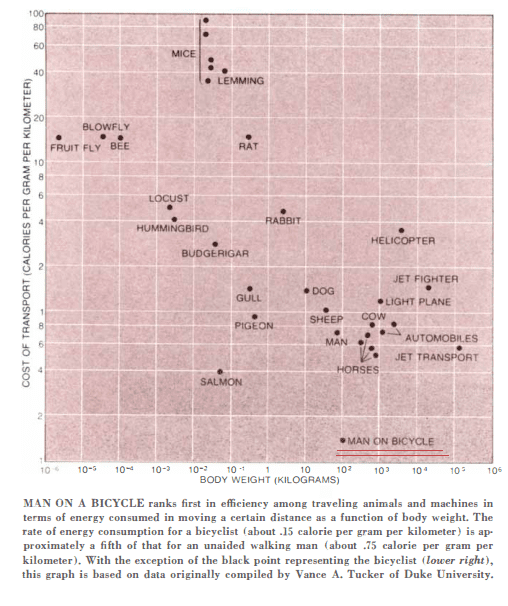
Casual cyclists travel about 9-12 mph while a person walking travels about 3 mph, resulting in cyclists being 15-20 times more efficient than a person walking (per hour) and about 5 times more efficient than the most efficient animal, which is the American Condor.
Through form and function, the humble push bike is therefore an ingenious design which has remained as effective (and efficient!) as it has timeless and classic.





